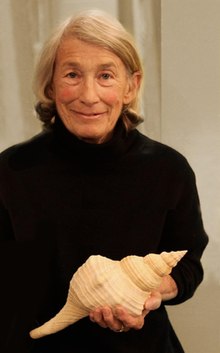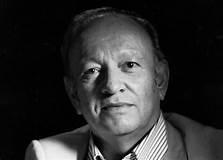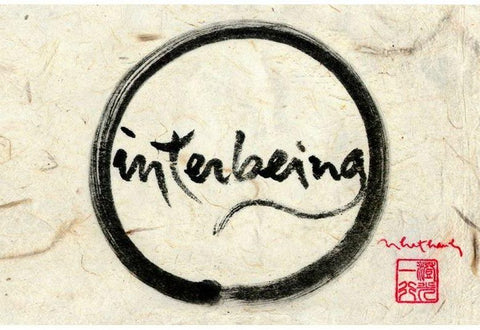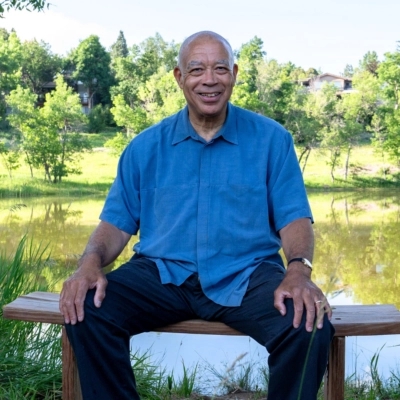
If you have ever gone on a diet, you know that most diets require some sort of intervention. Eating a bit less is not enough.
By and large, the same is true of meditative practice. Most types of meditation require the practitioner to undertake a program in the service of a goal. Whether a particular program aims to tame the unruly mind, cultivate equanimity, or foster compassionate wisdom, all require practitioners to make some changes in their attitudes and behaviors, replacing one set of habits with another. And most prescribe specific techniques, such as repeating a meditative verse, contemplating a Zen koan, of “labeling” mental phenomena as they arise.
In his new book Welcoming Beginner’s Mind (Shambhala, 2024), the veteran dharma teacher Gaylon Ferguson proposes a fresh alternative to those traditional methods. As Ferguson notes in his introduction, meditative practice is based, at least in part, on the premise that something is amiss—or missing—in one’s life as it presently is. Meditation supplies a remedy.
By contrast, Ferguson offers a practice premised on the belief that “welcoming is our true nature.” Just as we welcome friends, relatives, and sometimes strangers into our homes, we can do the same with the present conditions of our lives, however auspicious or adverse. We can welcome rather than resist them. Beyond that, we can also welcome ourselves, however selfish or altruistic, inferior or superior we perceive ourselves to be. Framing his discussion in the Ten Oxherding Pictures, a revered visual allegory depicting the Buddhist journey to awakening, Ferguson offers a synthesis of Zen and Tibetan meditative traditions, broadly dividing his sequential (but non-progressive) method into three distinct stages.
First among them is the Welcoming Exercise, the foundation for all that will follow. Instructing us to sit upright comfortably for three minutes, Ferguson invites us to “trust and taste whatever arises,” “the entire range of feelings, sensations, thoughts, perceptions, and concepts.” In contrast to mindfulness meditation, the objective is not to “be here now,” to pacify the mind, or “to change our experience, transforming ourselves from this to that.” Rather we are to be “guided by what we are sensing and feeling,” allowing our lives “to be as bitter or sweet as they are without manipulation.” In short, we are to practice what Shunryu Suzuki Roshi called “beginner’s mind,” a “basic openness” that he regarded as “the secret of meditation.”
In the second stage of this practice, the Natural Noticing Exercise, we are again directed to sit for three to five minutes, noticing “whatever we might notice: sights, sounds, smells, the temperature in the room, thoughts in the mind, sensations in the body, feelings in the heart.” This time, however, we are exhorted to be “curious about what we notice.” Rather than discipline the mind to remain on a single object, we deliberately allow it to roam.
As Ferguson readily concedes, the Noticing practice may appear superficial when contrasted with the deep contemplation characteristic of intensive meditative retreats. But its relative superficiality is consistent with its purpose, which is not to plumb ultimate reality but to explore “ordinary, conventional, dualistic mind.” In essence, it is “an appreciative inquiry into natural noticing itself.”
“Inquiring,” the third stage of the practice, joins “non-effort with effort” and enlists our innate curiosity in the service of contemplative inquiry. As its primary tool, this exercise employs a familiar question from the Zen tradition: “What is this?” By repeatedly asking this question of images, thoughts, feelings, and sensations as they arise, we allow insights to emerge of their own accord. As Ferguson notes, this mode of inquiry has little in common with a police investigation or prosecutorial interrogation. Gentle in tone, it invites intimate feelings to surface and intuitive understanding to manifest, while also encouraging “the beginner’s mind of not-knowing” to arise and flourish.
In the Ten Oxherding Pictures, the practices of welcoming, noticing, and inquiring precede later stages of the journey to awakening, including “Forgetting the Ox” and “Being in the World.” In his concluding chapters, Ferguson gives due weight to those stages, while noting emphatically that all are to be understood not as means toward an end but as ends in themselves. All engender “beginner’s mind.” In this way the Ten Oxherding Pictures and Ferguson’s method differ from such Western analogues as John Bunyan’s Pilgrim’s Progress or William Hogarth’s Industry and Idleness, which illustrate progressive steps toward a desired moral destination.
Longtime practitioners of Zen and Vipassana (“insight”) meditation will recognize elements of those practices in Ferguson’s formulation. In several ways, the Welcoming Exercise recalls the Soto Zen practice of shikantaza (“just sitting”), and the Inquiring exercise bears a strong family resemblance to Vipassana practice. But the presence of those contributing elements takes nothing away from Ferguson’s wise, original, and accessible synthesis. On the contrary, his unconventional method is a worthy addition to the growing body of confluent practices that constitute Western Zen.
Photo: Gaylon Ferguson

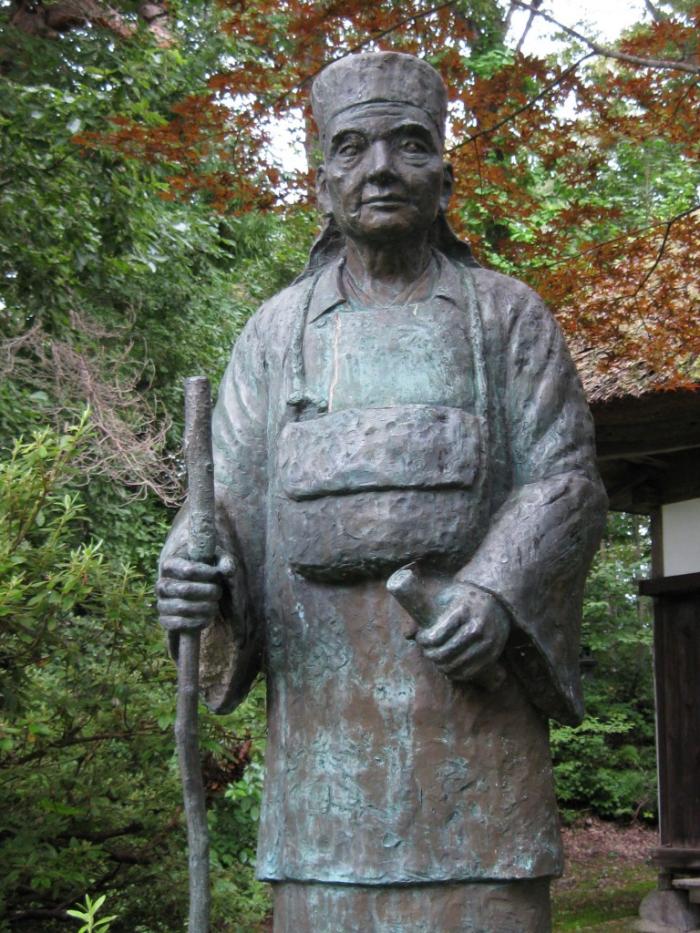
 Early one morning not long ago, I found myself driving down NY Rte. 21 with no other car in sight. Lifting my hands from the steering wheel, I allowed my Camry to steer itself. Within seconds, it crept toward the center line, like a hungry cat stalking a chickadee. I repeated this experiment twice, and each time it yielded the same result. After 34,000 miles, I concluded, it may be time for an alignment.
Early one morning not long ago, I found myself driving down NY Rte. 21 with no other car in sight. Lifting my hands from the steering wheel, I allowed my Camry to steer itself. Within seconds, it crept toward the center line, like a hungry cat stalking a chickadee. I repeated this experiment twice, and each time it yielded the same result. After 34,000 miles, I concluded, it may be time for an alignment.
